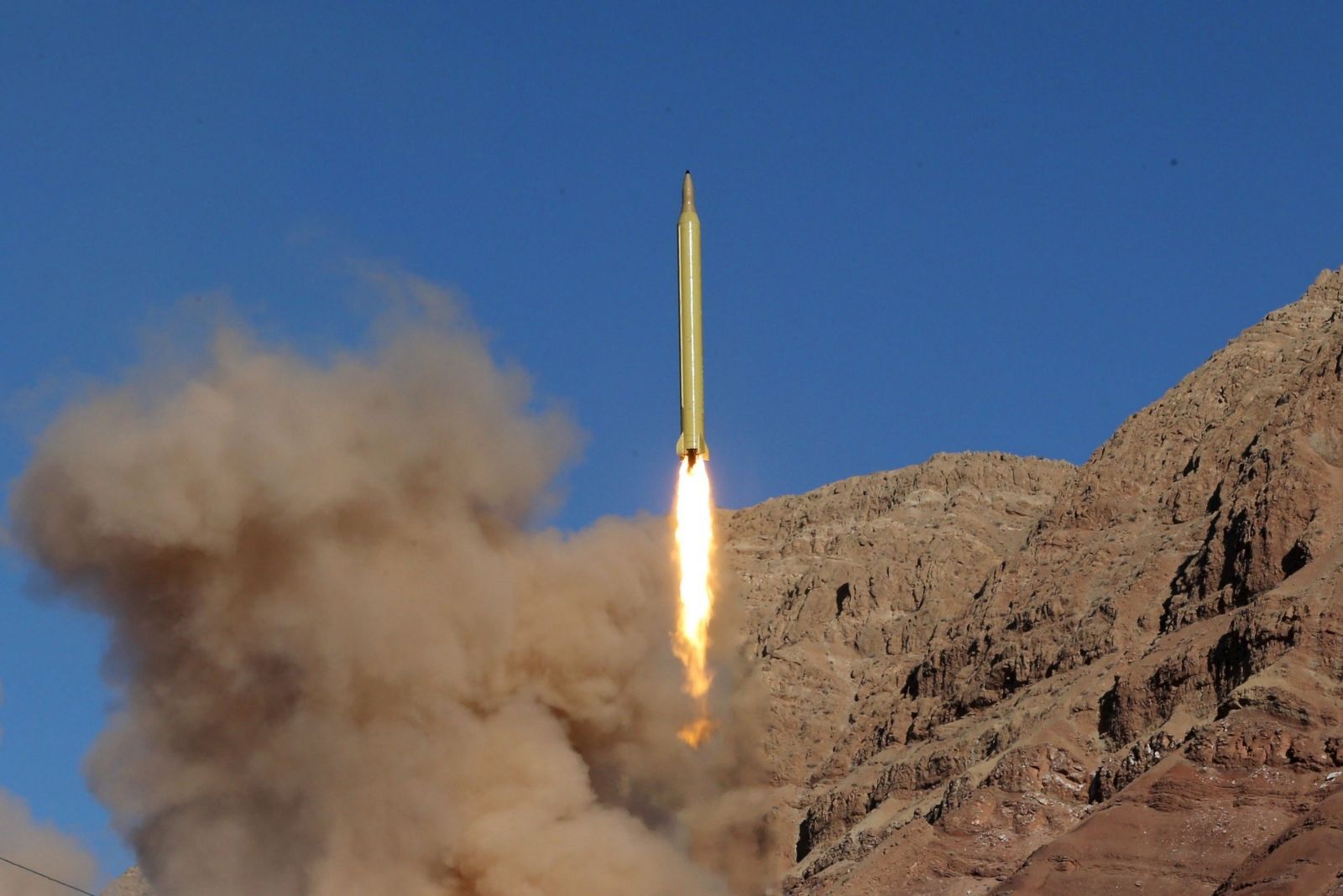Estonian Ministry of Defence,
The Defence Minister has submitted the agreed budget cut to the Ministry of Finance, which amounts to 667 million Estonian kroons, resulting in a 14% decrease in the national defence budget or to 1.75% of this year’s estimated gross domestic product.
The budget cut is, on the one hand, attributable to the declining economy; therefore, the defence budget dropped by 354 million Estonian kroons. In addition, the budget will be additionally cut below the agreed 1.9% level, in consideration of the general budgeting situation. This means that the total defence sector budget will amount to 4.23 billion Estonian kroons (4.634 billion Estonian kroons with foreign assistance included) in 2009.
According to the Minister of Defence, Mr. Jaak Aaviksoo, when expressed as a percentage, defence expenditures were cut more than the budgets of some other sectors. “The decision is acceptable, considering the difficult budget situation; however, these cuts have real-life consequences and affect our national security. I do still believe that the setback will be of a temporary nature,” remarked the Minister.
The programme of the coalition included the goal of taking the defence budget to the level of two per cent of gross domestic product by 2010. According to Mr. Aaviksoo, a new timeframe must now be established for taking defence expenses to the sanctioned level. “I believe that in principle all of the power-sharing parties have, in principal, supported the NATO-related defence politics and related promises,” Mr. Aaviksoo said.
“Only three weeks ago, the Government approved the Estonian Defence Forces Development Plan 2009-2018 (EDFDP), which was adopted with the purpose of ensuring Estonia’s security and involves the development of military capabilities, based on the assumption that defence expenses will be increased to two per cent of gross domestic product. Society must understand that in the short-term the cutting of defence budget will not incur incorrigible problems; however, in a long-term perspective, a stable defence budget is inevitable for ensuring the security of the population of Estonia,” explained the Minister.
Above all, the budget cut will affect the planned acquisition of defence-related equipment and materials; the respective volumes will now be decreased by one fourth. The 210 million kroon cut will mean, for example, postponing the procurement of trucks from Germany and the deferred acquisition of ammunition, supplies for defence force members, and some weapon systems. The largest hold-up general construction procurement will be postponing the reconstruction of Miinisadam quays 3 and 4 (74 million Estonian kroons).
Estonia’s capability to contribute to missions and ensure the development of the other promised army capabilities, seen as a priority by the Ministry of Defence requires serious discussion together with our allies.
Management and payroll expenses of the defence sector as a whole, to the tune of 206 million Estonian kroons, will be the biggest budget cut. A solidary cut of payroll and management expenses in the Ministry of Defence and all the agencies within its sphere of administration – the Defence Forces, the Defence League, the Defence Resources Board, the Information Board, Seli Health Care Centre and General Laidoner’s Museum, respectively, by 7% and 10%, will be therefore introduced. The monthly benefit, paid to conscripts, will also be cut by 7%.
“In the defence sector, soldiers cannot be preferred to officers or conscripts to officials; this would destroy any trust. It is regrettable that the governing coalition did not reach a similar solitary and fair agreement, which would have introduced a uniform cut of payroll and management expenses of the public sector as whole,” stated Mr. Aaviksoo.









